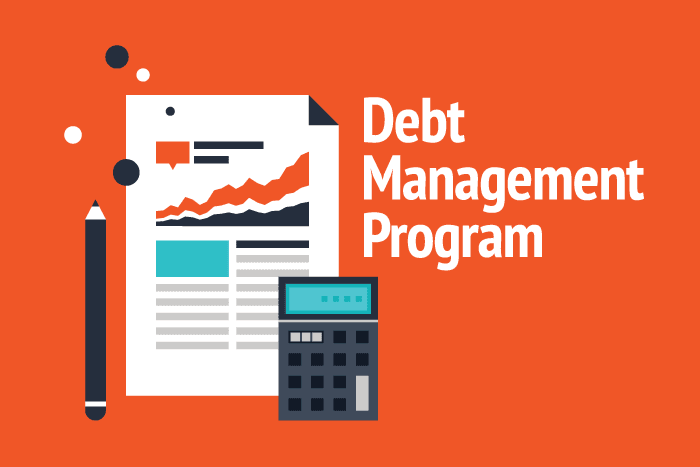Contrasting Financial Debt Consolidation Options: More Discussion Posted Here
Contrasting Financial Debt Consolidation Options: More Discussion Posted Here
Blog Article
Whatever You Required to Know Concerning Producing a Tailored Financial Obligation Monitoring Strategy
In the realm of individual financing, designing a customized financial debt administration plan is usually the keystone of attaining monetary stability and tranquility of mind. By thoroughly evaluating your current monetary obligations, setting achievable financial purposes, and crafting a useful spending plan, you pave the way for effective financial obligation repayment techniques. However, the journey to economic flexibility is not only regarding preliminary preparation; it likewise calls for continuous tracking and modifications to make certain ongoing development. As you browse the complexities of developing a personalized debt administration strategy, recognizing the details of each step is key to your economic success.
Examining Your Current Financial Obligation Circumstance
One should first carry out a comprehensive assessment of their existing debt commitments before creating a reliable financial debt monitoring plan. Develop a thorough checklist of each financial debt, consisting of the overall quantity owed, rate of interest rates, minimum month-to-month settlements, and due dates.
After assembling this details, calculate your overall debt-to-income proportion by separating your monthly financial debt settlements by your regular monthly revenue. Recognizing these aspects of your financial circumstance will assist you in developing an individualized financial debt monitoring strategy customized to your particular needs and objectives.
Setup Financial Goals and Targets

When setting financial goals, it is necessary to be particular, measurable, attainable, relevant, and time-bound (CLEVER) For instance, you could set an objective to pay off a certain quantity of financial obligation within a certain timespan, such as lowering your debt card balance by $5,000 in the following year - More Discussion Posted Here. By setting clear targets similar to this, you can track your progression and remain motivated to achieve your financial obligation administration goals
Furthermore, think about prioritizing your financial debts based on aspects such as passion prices, exceptional equilibriums, and repayment terms. By concentrating on high-interest financial debts first, you can save cash in the future and accelerate your trip towards financial flexibility. Remember, each individual's economic circumstance is one-of-a-kind, so tailor your objectives and targets to fit your individual needs and circumstances.
Developing a Realistic Spending Plan
Crafting a well-defined budget plan is a fundamental step in effective debt administration and economic preparation. A realistic spending plan serves as a roadmap for your financial wellness, aiding you track your earnings, expenses, and debt payments. To develop a sensible budget plan, begin by detailing all your resources of earnings.
Routinely testimonial and adjust your budget plan as required to remain on track with your monetary objectives and financial obligation settlement plan. By sticking to a reasonable budget, you can efficiently manage your debt and job in the direction of a more safe monetary future.
Checking Out Financial Debt Settlement Techniques
After developing a practical spending plan, the next important action in effective financial obligation monitoring is to explore numerous debt payment methods. One usual method is the snowball approach, where you concentrate on repaying the tiniest financial debts initially while making minimum settlements on bigger debts. This technique can aid build momentum as you see smaller financial debts being removed, providing inspiration to take on bigger ones.
Another approach is the avalanche approach, which involves prioritizing financial obligations with the highest rates of interest. By targeting high-interest financial debts first, you can decrease the total quantity you pay in interest with time. This approach may be much more cost-effective over time, even though it might take longer to Learn More see private financial obligations completely repaid.
Financial debt loan consolidation is another choice where you incorporate several debts right into a solitary finance with a reduced rates of interest. This can simplify your payment process and potentially lower the complete rate of interest paid. However, it's important to carefully take into consideration the costs and terms connected with combination to guarantee it's the best selection for your financial circumstance.
Monitoring and Readjusting Your Plan

Readjusting your strategy might involve reapportioning funds to tackle high-interest financial obligations first, negotiating with financial institutions for reduced rates of interest or far better payment terms, or discovering added income resources to expedite financial debt repayment. As your economic circumstance progresses, your financial obligation administration strategy must adapt as necessary to continue to be effective. By remaining positive and flexible in monitoring and readjusting your strategy, you can optimize your efforts towards paying off your financial debts efficiently and achieving your financial goals.
Conclusion
Finally, creating a personalized debt administration strategy includes evaluating current debt, setting economic goals, creating a realistic spending plan, checking out settlement techniques, and tracking and changing the strategy as required. By following these steps, people can take control of their economic scenario and work towards ending up being debt-free. It is crucial to stay regimented and committed to the strategy in order to accomplish lasting economic security.
One should initially carry out a detailed examination of their current financial debt responsibilities prior to developing an effective financial debt management strategy.After establishing i was reading this a sensible budget plan, the following critical step in effective debt administration is to explore different financial debt settlement methods - More Discussion Posted Here.To efficiently manage your financial debt, constant monitoring and modification of your debt administration plan are important parts for long-lasting economic security.Changing your strategy might involve reapportioning funds to take on high-interest debts first, working out with lenders for lower rate of interest prices or better settlement terms, or discovering extra earnings sources to quicken financial obligation payment.In final thought, developing a personalized financial obligation management strategy involves evaluating current debt, setting monetary goals, producing a practical spending plan, discovering payment strategies, and monitoring and readjusting the strategy as needed
Report this page